A Typhoon of Number 1(Fighter) Squadron from RAF Lossiemouth has overflown the RAF’s newly installed Air Defence Radar at Saxa Vord, on the Island of Unst, Shetland.
The radar will improve RAF and NATO understanding of the airspace north of Britain and further out across the Norwegian Sea, improving the UK’s sovereign capability at a time of heightened Russian military activity. It will see the island return to the role it performed during the 1960s and 70s, when the site was used as an early warning radar on NATO’s northern flank.
During the last five years, the RAF has carried out 69 QRA launches. In January 2018, two Typhoon aircraft from RAF Lossiemouth were scrambled to intercept two approaching Russian military aircraft which did not respond to the air traffic control authorities, say the MoD.
The Government say that radar will improve RAF and NATO understanding of the airspace north of Britain and further out across the Norwegian Sea, improving the UK’s sovereign capability ‘at a time of heightened Russian military activity’. It will see the island return to the role it performed during the 1960s and 70s, when the site was used as an early warning radar on NATO’s northern flank.
Defence Secretary Gavin Williamson said:
“We will always protect our skies from Russian aggression. This radar is a vital part of the UK’s defences as we react to intensifying global threats and reinforce our ability to tackle them. Russia’s actions are not limited to Europe’s eastern borders – the threat to British livelihoods is severe and real.”
Air Chief Marshal Sir Stephen Hillier, Chief of the Air Staff, said:
“The radar system at Saxa Vord is an important part of ensuring that the RAF can fully protect both the UK’s airspace and that of our NATO allies, in the face of increasing pressure from Russia.
Right at the tip of Shetland, Saxa Vord is a very remote site, so I’m extremely grateful to the team who have been working hard through the cold of winter, with snow and 120 mph gales, to ensure that the construction has remained on schedule.”
According to a press release:
“The Saxa Vord Radar head will provide key information on aircraft movements to the north of the UK and feed the nationwide Quick Reaction Alert (QRA) operation which is responsible for policing international and UK airspace from RAF Lossiemouth in Moray and RAF Coningsby in Lincolnshire, as well as supporting civil air traffic control.
Scotland is home to more than 10,000 regular and 4,000 reserve armed forces personnel, whilst Scottish industry benefits from defence spending £1.5bn with it each year. This investment supports 9,750 private sector and highly skilled jobs in Scotland.”



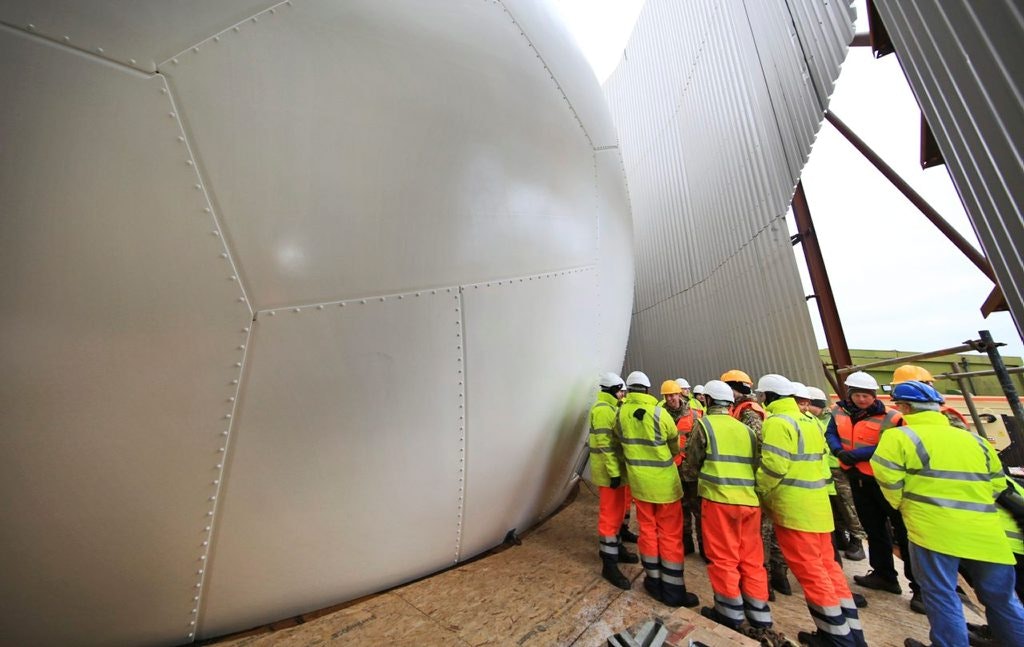
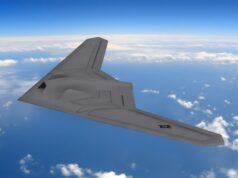
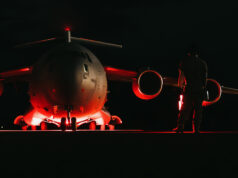
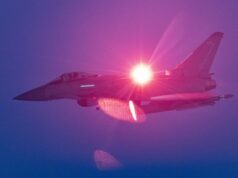
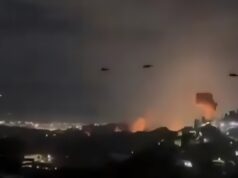
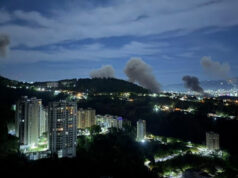
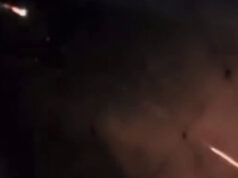

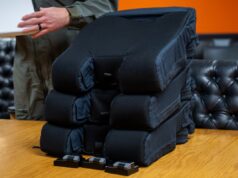


Don’t get it. In a shooting war it would last five minutes! Thought all radars these days would have been mobile units.
It is an acceptable risk to take when balanced against on going operating costs, even with the increased tensions with Russia the likelihood that things would get serious enough that we would be in a shooting war with them is low.
The AN/TPS-77 operated by the RAF is actually a mobile radar system that can be relocated, when the RAF procured them they were operated exposed to the elements in a rapidly deployable configuration. The problem was the Radar itself suffered from severe corrosion due to the salt air exposure, so after a refurbishment in the mid 90’s that significantly improved their corrosion protection they were placed in these fixed position air conditioned bubbles that protects them from adverse weather conditions and salt air.
A small correction for myself, I believe the AN/TPS-77 installed at Saxa Vord is newly procured albeit as already mentioned a mobile system.
The Type 92 radar which is a version of the same radar was the one suffering corrosion problems prior to being put in domes.
How would it last 5 minutes when it can see any in coming threat????
The radar is a mobile unit and could easily be moved around the Shetland Islands if their was a heightened alert state. Just kept in dome to stop damage due to weather conditions.
I believe I read somewhere the radar stationed at Saxa Vord is one that has been moved from Staxton Wold (The oldest continues radar site in the world).
To provide the range; mobile would require huge amount of power and size, making it not that mobile. What amazes me is how bad our land based air defence is. Each key radar site should be backed up by at least one or more rapier (however outdated, they are the best we have) batteries to provide the equiv of ciws role to the radar. Even in peace time there should be some defence in place, in case we miss the signs of a first strike against us.
I have never understood why NATO puts so much reliance on its air force. If I was planning an attack on NATO as peer opponent, the first move would be to carefully position subs near each of the key radar sites. Next move would be cruise missile strikes against them, which an air force would have zero chance of countering. From there NATO is half blinded and the fighters can move in to take out the AWACS, after that the job is done.
The weakness of AWACS is it isn’t there 24/7 and if you lost the key key defensive radars, the fear would be that it wasn’t safe to get the AWACS air borne, since situational awareness without the fixed radars would take time to rebuild.
I would like to think there is some unit which monitors Russian subs 24/7. As NATO’s navy is far superior in both quality and quantity than Russia’s navy, I would hope that if it comes down to a shooting war, NATO would be ready to pick the subs off straight away.
There is/ was.
JMF at St Mawgan closed several years ago and the role is in the US now, no doubt with UK input.
With the continuing improvement of NATO’s ASW this is increasingly difficult. Couple this with Russia’s extremely slow refit/build times for subs and I simply can’t see the threat being more than a distraction. There may be a small window where it could be possible to sneak a sub in to attack British land based radar but with T26 and P8’s incoming this will close pretty sharply.
Other than that we have a large buffer of air defence enabled NATO and friendly countries that a strike aircraft would have to fly over before hitting one of the stations, violating their airspace I may add. That they would all ignore an aggressor and “pass them on” until they were able to launch an attack on any NATO installation let alone a British one, covered by our own Typhoons, is unthinkable. Even if the control centre in Denmark was hit we are able to take back control of our airspace at a moments notice I believe.
The threat is there, but shrinking with every passing day.
All of this should be caveated with ‘in theory’.
The royal navy on several occations failed to track the ancient Argentinean sub during the falklands war and lost contact with the belgano at one point (which is why the decision was pushed to sink it, as they were worried about losing it again).
Russia is not a real threat today, but if things change, they have a history of liking sneak attacks (ukraine was not the first time they did it) and it is a big ocean.
Then there is the whole airspace problem, what would happen tomorrow if a russian bomber crossed into our air space, would we really shot it down, i doubt it. All we would do is complain a bit. If i was russia, i would play the long game on this, and slowly over a period of months have a few incursions into NATO airspace to get NATO used to it and after a few times they would stop throwing everything they had into the air. Then once they are ready for the attack, they would be able to get deep into NATO air space way before anyone realised something was up and launched more than a token fighter.
This is the problem with modern warfare, you need layered defense, including ground based assets.
This problem partially goes away with the new rapier replacement system when it arrives, but there is a big question mark on the number of systems that will be brought.
Modern radar system don’t need as much power as you think. In the 80’s I worked on the Type 80 a 1960’s radar system. This we were told that if put on full wartime power would cause blackout in Aberdeen and turned onto the bearing of a incoming missile could cook its electronics at 10 miles. It needed power to fight though jamming. New modern radar don’t need that kind of power.
What would be a bigger worry would be 1 guy at each radar site with a RPG could take out all the ground sites in 5 minutes it would then take years to replace.
How do we protect this thing?
Richard, you’re right. It will be a useful asset in peacetime but nothing more than a tripwire in wartime.
[…] post Typhoon overflies the RAF’s newly installed Air Defence Radar at Saxa Vord, Scotland appeared first on UK Defence […]
I echo other comments.
Only 1ACC has mobile radar and that is usually used in an expeditionary role not UK defence.
I’d also read that the radar at RAF Staxton Wold was removed and this RRH reactivated so this is no expansion either.
right, the RAF treat their ‘dets’ like a holiday. piss ups and orgies. do the MOD honestly think that those Muppets will be able to effectively perform their role when on a remote location such as saxa vord, away from prying eyes?
det wives and husbands are a thing in the RAF. the Falklands FIRIC det is a complete disaster because of RAF couldnt give a fuck attitudes, how is this gonna be different? and robbing one installation to stand this one up is a joke beyond the pale.
do it properly or not at all.
Was asked in 1986 to take a radar unit to SaxaVord as the radar signal cable hed been cut by trawler.
Unst is larger than the brief stated, but had planned 2 flights from Shetland to take the load in.
Grand to see the job continues all these years later !!!
A type 45 in northern waters would provide the necessary detection capability, together with the ability to defend itself, unfortunately, as we all know, there were not enough of them built to provide that cover.
Umm..if required land ceptor could be placed along with the radar ( 25Km+ range) so it would’ve nsked if the threat jumped up
Is the lift still under the radar?